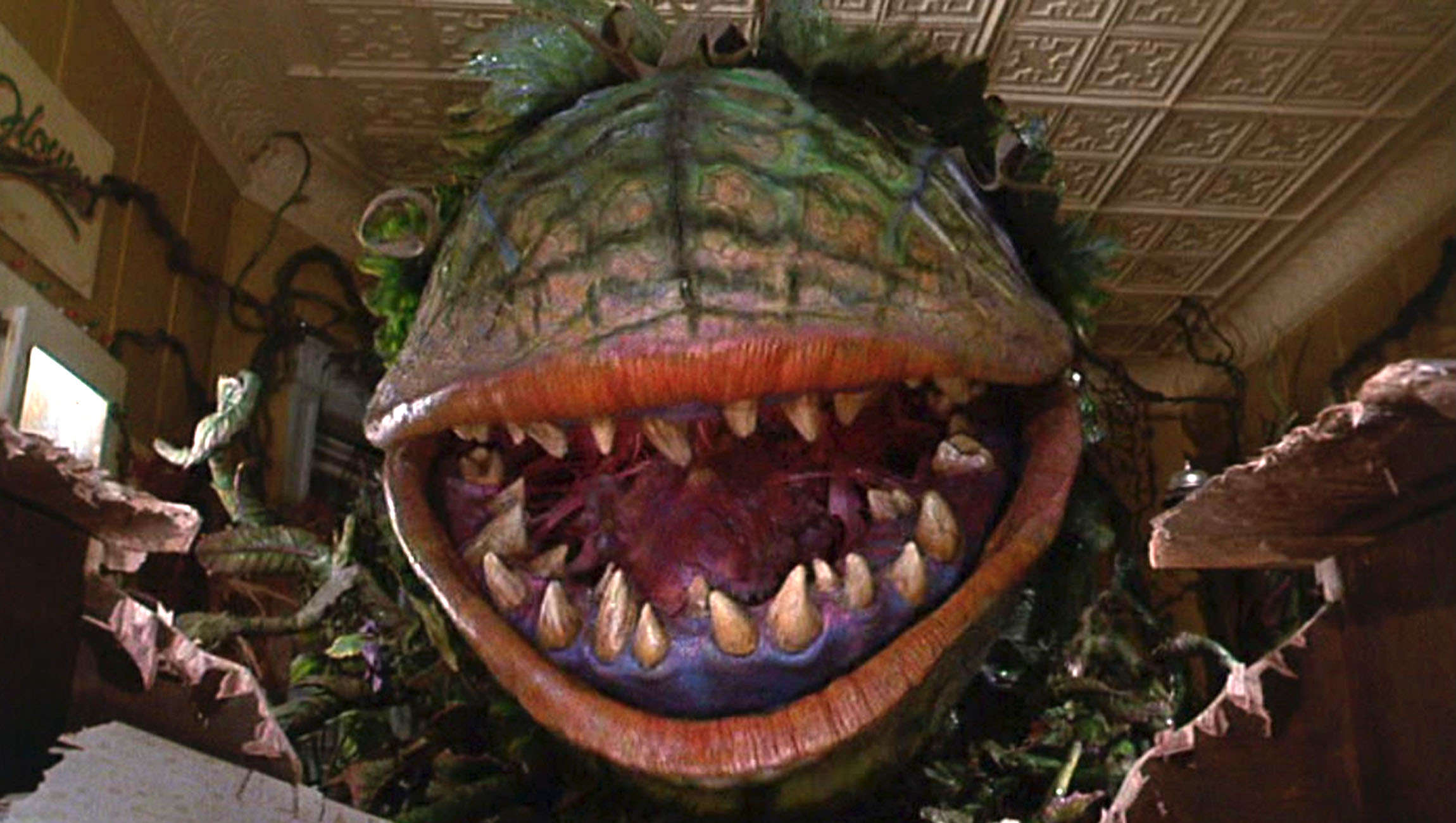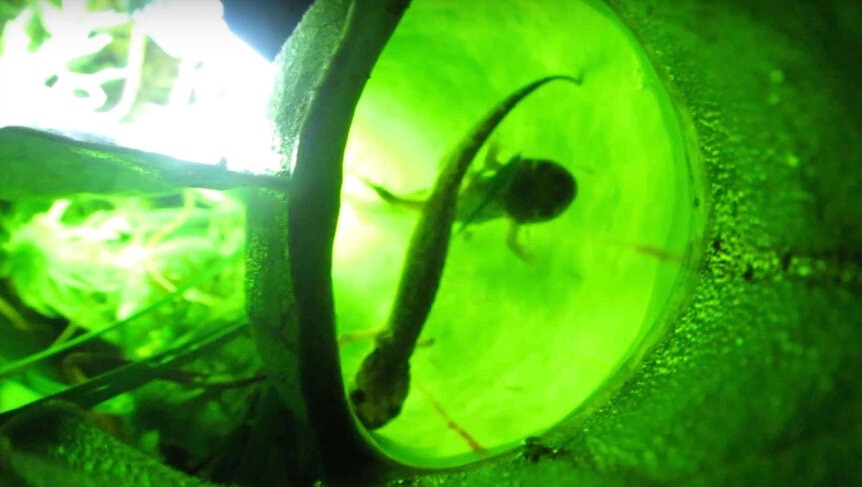Create a free profile to get unlimited access to exclusive videos, sweepstakes, and more!
How carnivorous plants that could be Little Shop of Horrors extras evolved an appetite like Audrey II

Some gene mutations can be deadly — not for the organism with that DNA, but for any creature that comes too close.
Doomed is the fly (or other tempting insect) that buzzes curiously into the gaping maw of a Venus flytrap, like Audrey II from Little Shop of Horrors. Maybe Audrey II was a fictional monster, and nothing in a greenhouse is going to demand humans for dinner anytime soon, but why do most plants passively let insects pollinate them while some see bugs as more of a delicacy? As biologist Jörg Schultz of the University of Würzburg, Germany, and his team of botanists and biologists found out, some genes of carnivorous plants like the Venus flytrap were actually repurposed to capture prey.
“Plant carnivory has evolved several times independently in flowering plants,” Schultz said in a study recently published in Current Biology. “This includes the evolution of wide range of capture organs, with trapping mechanisms frequently including rapid movements ... following the initial catch, ongoing mechanical activation by prey and the chemical compounds from the prey trigger the production of jasmonate, which activates the carnivore’s digestive system.”
Seventy million years ago, something happened that would eventually inspire Audrey II and even some Pokémon — ever catch Bellsprout or Carnivine? Schultz and his team specifically studied three sister plants from the Droseraceae family to find out what made them morph into green demon spawn. The Venus flytrap, waterwheel plant, and sundew are all additionally creepy in that they actually move to catch a meal. Just about everyone knows what the jaws of Audrey II’s doppelganger can do, but even weirder is the waterwheel, which just floats around on the surface of a pond or lake until something tasty and unsuspecting comes swimming by. The sundew only looks pretty until an insect alights on one of its sticky tentacles, which then curls up to grab some fast food.
Turns out that an ancient ancestor of all three duplicated its entire genome. That sounds harmless enough until you realize that this gave the copied leaf and root genes the chance to diversify, which came in particularly handy for places where soil was lacking in nutrients. These started to turn to prey for survival. Genes that once expressed roots and leaves, which are great for sucking nutrients out of the soil, morphed into traps and other appendages for catching prey. Many got an assist in predation from sticky substances, bug-attracting smells, or the ability to move. Digestion processes for processing all that fly juice also evolved. They would keep diversifying over millions of years, depending on their environment and the type of prey they needed to ensnare.
“The genetic material underlying plant carnivory is present in most non-carnivorous plants, and whole-genome duplications happened frequently throughout the plant kingdom. Thus, the path to carnivory could have been open to most plants,” said Shultz. “To the relief of the animal kingdom, only a select few have evolved along this route and became green hunters.”
After the Droseraceae ancestors found something more exciting to feed on, genes began to vanish as they lost the roots and leaves they no longer needed. The genetic loss that happened as some species of plants ditched leaves and roots for snapping jaws and sticky tentacles explains why carnivorous plants have exceptionally small genomes. Their remaining DNA has been channeled into things such as built-in booby traps or signature aromas that are irresistible to insects. Pitcher plants lure creepy-crawlies deep into a cesspool of digestive juices. Corkscrew plants have a labyrinthine structure that is easy to creep into but impossible to leave. The Venus flytrap releases a sweet smell into the air, while the Rafflesia produces its own much less pleasant perfume.
Just be glad that, unlike Audrey II, none of these botanical carnivores will sing to you to feed them.



























